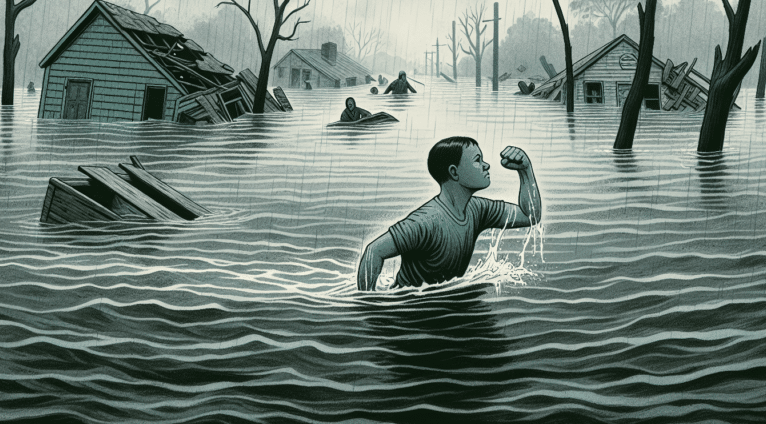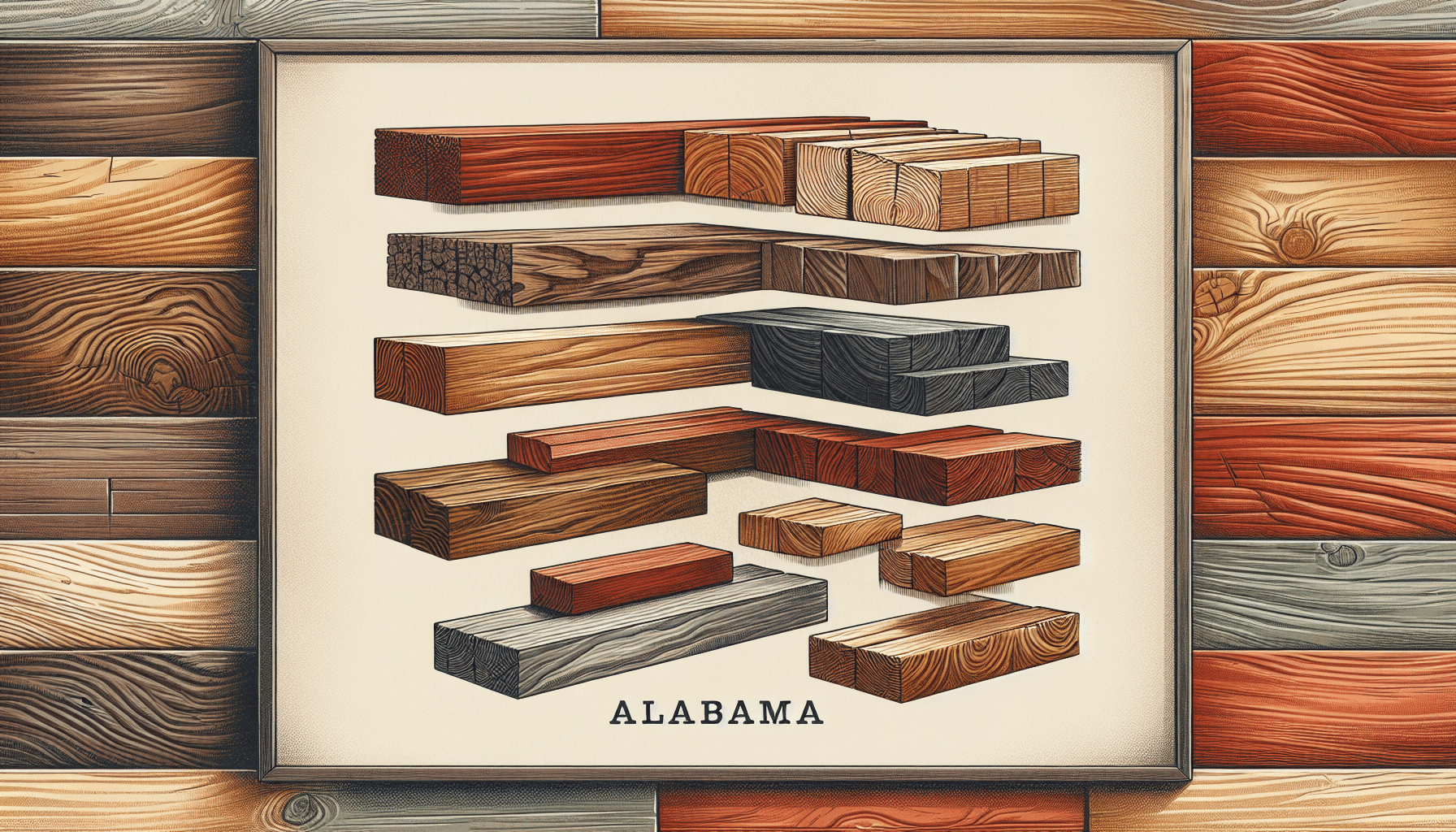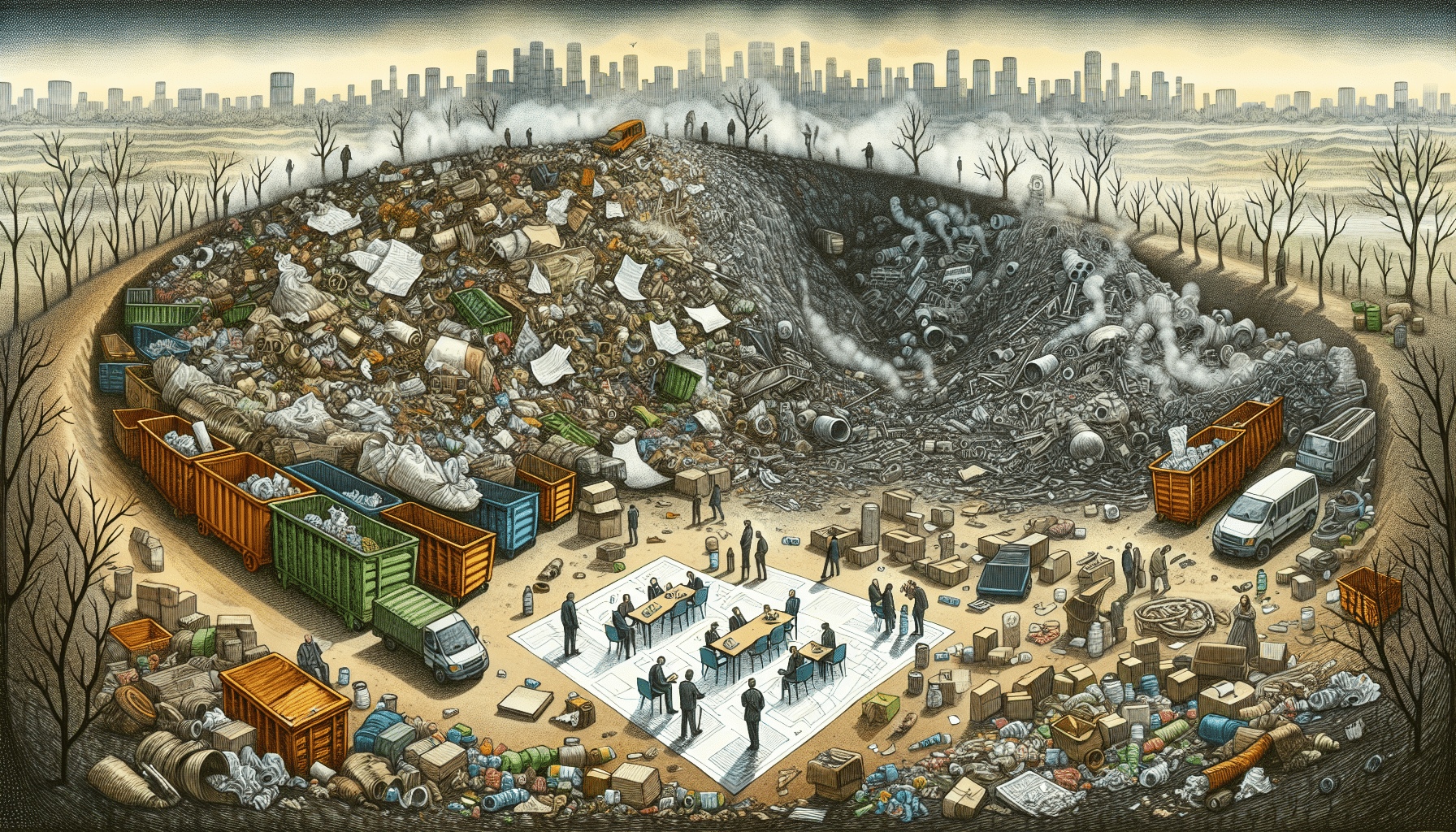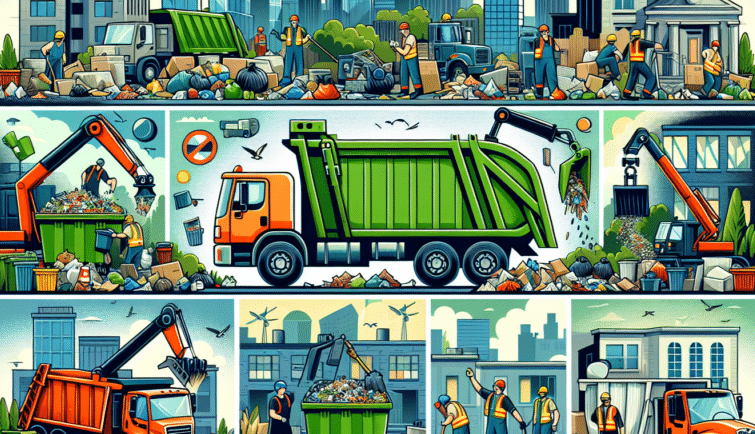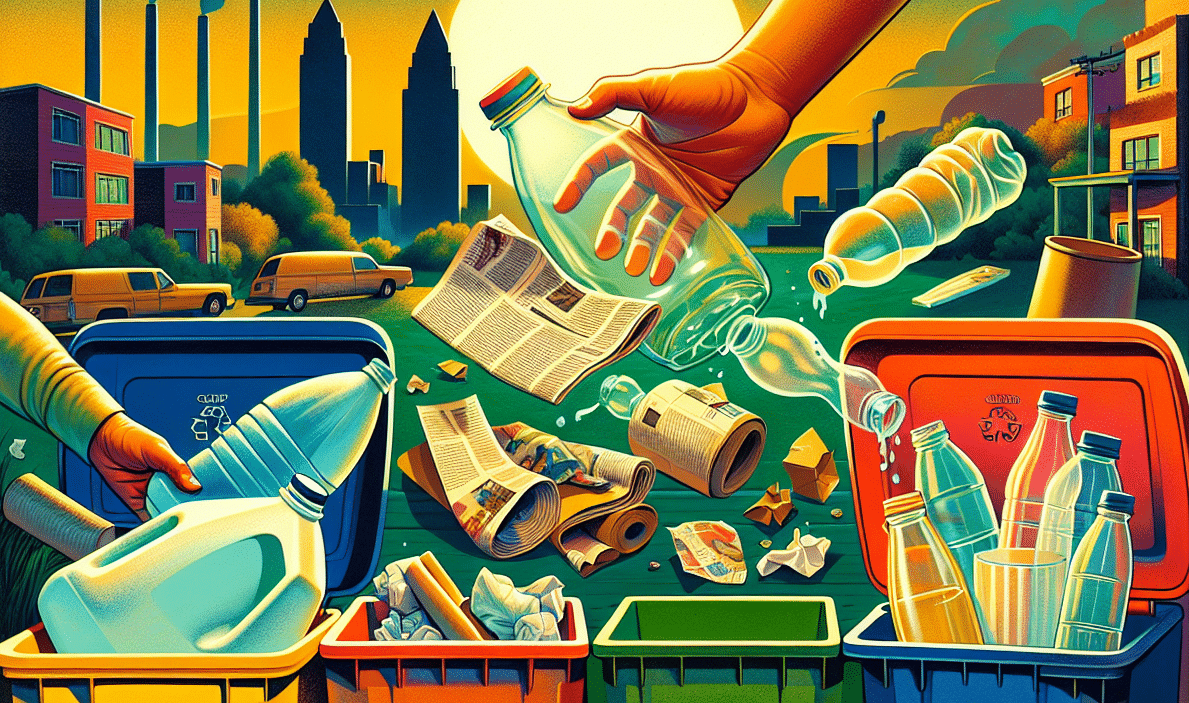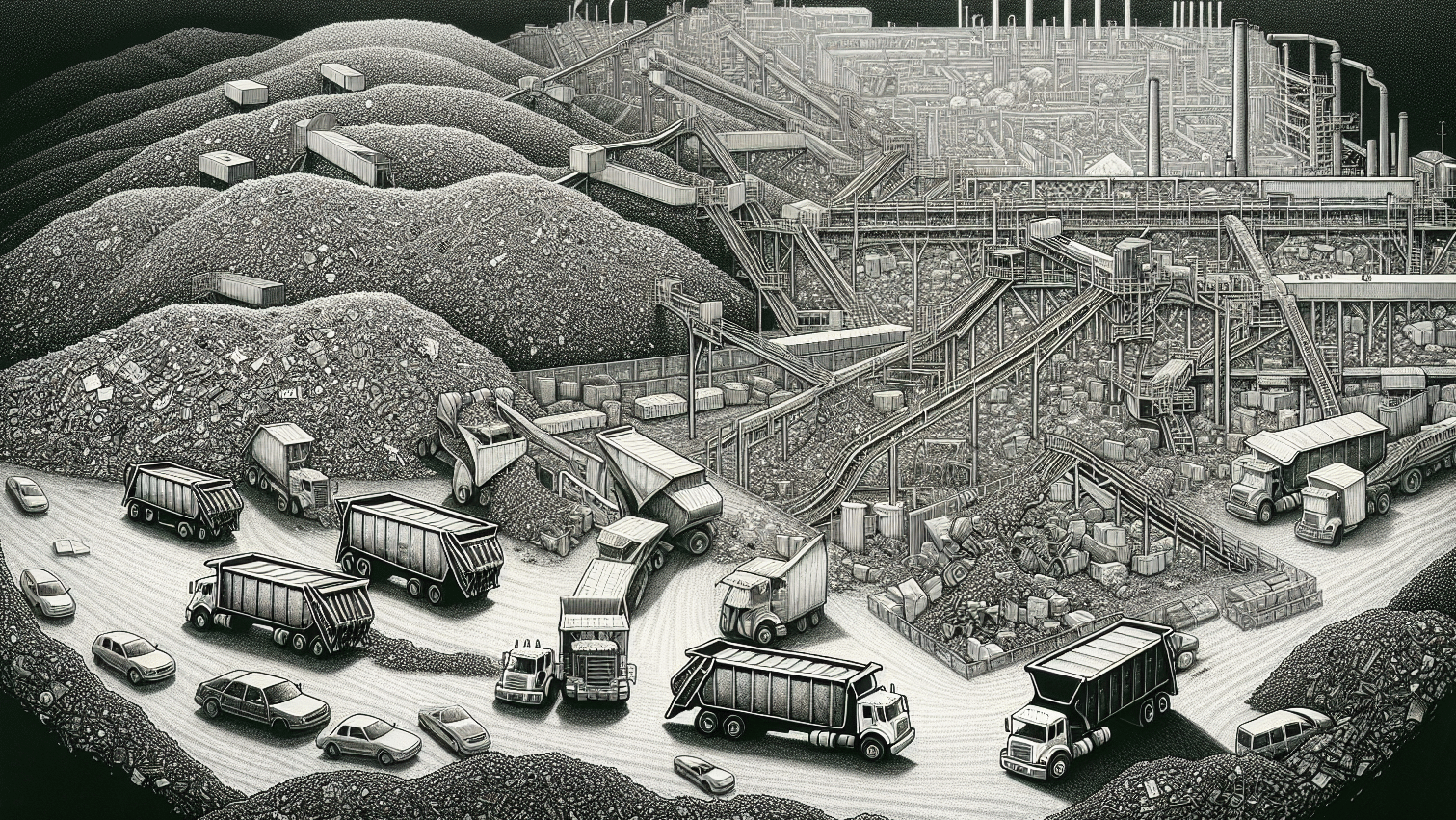Dealing with asbestos shingles raises immediate questions about how to identify asbestos, the risk involved, and how to safely remove the asbestos once discovered. Whether you’re a homeowner or a professional, this in-depth guide provides a step-by-step approach to tackling these questions head-on. Discover essential practices, legal guidelines, and safer alternatives to ensure your property and health are not compromised by asbestos shingles.
Key Takeaways
- Asbestos shingles pose serious health risks as they age due to the release of toxic fibers.
- Identification of asbestos in shingles requires professional testing should be removed by certified contractors following strict safety and legal disposal protocols to minimize exposure risks.
- Alternatives to asbestos roofing, such as metal, concrete tiles, and cellulose fiber shingles, are available, offering similar benefits without health hazards, while professional inspection and abatement are crucial for managing existing asbestos materials safely.
Understanding Asbestos Roof Shingles
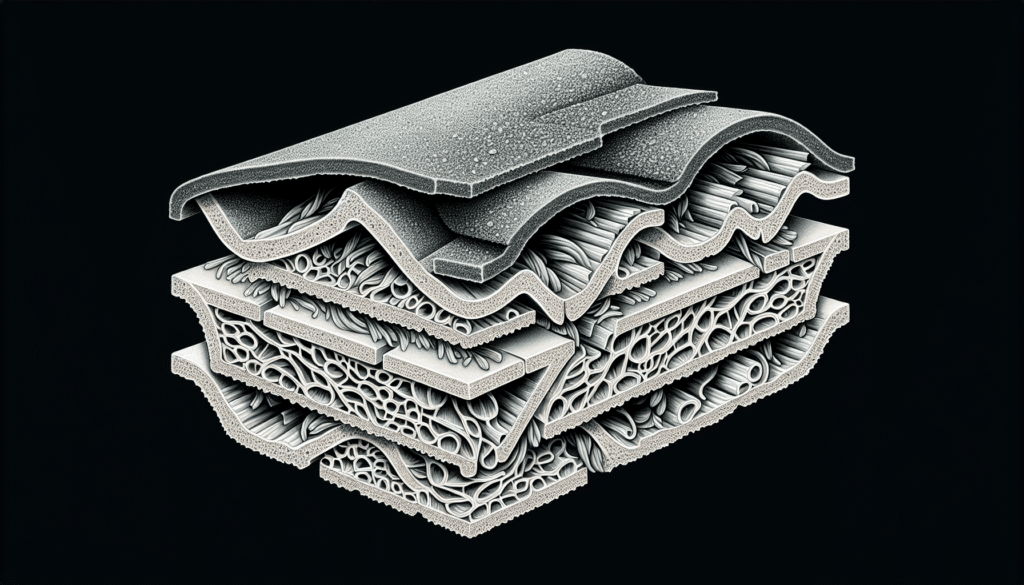
Asbestos roof shingles, known for their fire resistance and durability, became a popular choice in the early 20th century. These shingles were manufactured by combining asbestos—a natural mineral lauded for its flexible fibers—with cement, creating a robust material that promised longevity and protection. While asbestos cement shingles offered considerable benefits, they harbored a hidden risk that would later prompt significant health and safety concerns.
The Composition of Asbestos Cement Shingles
Asbestos cement shingles are recognized for their lightweight yet durable nature, withstanding a variety of environmental conditions. Their manufacturing process may involve the inclusion of hydraulic cement, which dictates whether the shingles are hard or soft. Typically rough in texture and prone to brittleness compared to standard shingles, these materials incorporate asbestos fibers that lend exceptional strength and temperature resistance to their structure.
History of Asbestos Roof Shingles
The extensive use of asbestos as a building material began in Europe during the early 1900s, with its popularity in roofing materials peaking in the mid-20th century. The peak of their industrial application occurred during the 1940s through 1970s. The eventual recognition of asbestos-related health dangers culminated in a ban in 1989, steering the construction industry towards safer alternatives.
Identifying Asbestos in Your Roofing Materials
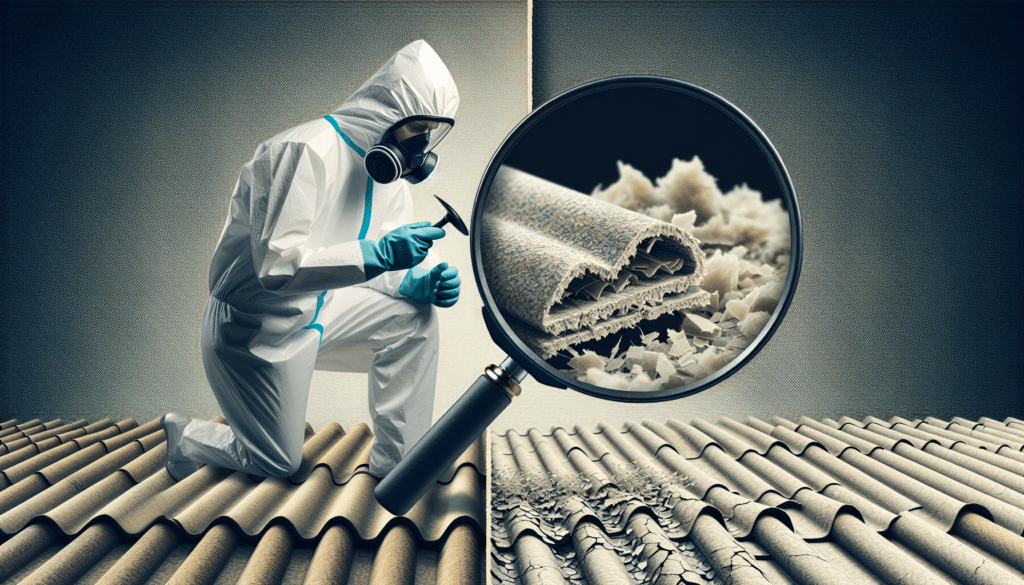
Identifying asbestos in roofing materials is a challenge for the naked eye, given the microscopic size of asbestos fibers. Homeowners concerned about their roofs possibly harboring these fibers should promptly seek out the expertise of asbestos professionals. Homeowners with houses built between the years 1920 and 1980 should definitely seek professional testing as these roofs are more likely to contain asbestos.
Telltale Signs of Asbestos Asphalt Shingles
Asbestos asphalt shingles may betray their content through signs of wear or discoloration, more pronounced with age. While these visual cues can raise suspicion, they are not definitive markers of asbestos presence. It is therefore always recommended to attain professional testing for accurate identification.
When to Suspect Asbestos in Other Roofing Materials
Beyond asphalt shingles, other asbestos may be found in other various building components, such as tiles, siding materials, insulation, and cement. Professional verification should be immediately sought if you suspect the presence of asbestos in any of these materials.
The Risks of Asbestos Exposure from Shingles

Asbestos exposure can lead to serious health risks, including lung cancer, mesothelioma, and asbestosis. Inhaling airborne asbestos fibers can cause irreversible lung damage and spawn diseases even from limited exposure. While undisturbed and well-maintained asbestos materials typically do not present a health hazard, the risk escalates when these materials are not properly maintained.
Asbestos Roofing Removal: Procedures and Precautions

The removal of asbestos roofing is a task that demands the expertise of certified asbestos contractors. These professionals adhere to stringent safety procedures, including notifying neighbors and wrapping shingles for disposal. DIY removal is strongly discouraged due to the potential for widespread fiber dispersal and the associated health risks.
Ensuring Safety with Proper Equipment
Safety is paramount during asbestos removal, with professionals utilizing the following tools and equipment to minimize exposure to asbestos dust:
- N-100 or P-100 respirators
- Protective attire
- HEPA vacuums
- Wet wipes
- Decontamination enclosure systems
These tools ensure thorough cleanup and a reduced risk of contamination.
Legal Requirements for Disposal
Disposal of asbestos materials is regulated by an array of laws to protect public health, including the need to wet, double-bag, label, and transport asbestos waste to designated landfills. Failure to adhere to these regulations can result in significant penalties.
Alternatives to Asbestos Roofing Shingles

There are many alternatives to asbestos roofing shingles, offering the same level of fire resistance without the health risks. Metal roofing materials and concrete tiles offer safety and also add to the building’s aesthetic appeal. When considering a replacement, it’s important to select materials that align with energy efficiency goals and building code requirements.
Advancements in Fire-Resistant Roof Coatings
Advancements in fire-resistant roof coatings have yielded options that rival the protective qualities of asbestos without the associated hazards. Additionally, natural flour fillers and integrated fire detection systems provide insulation and further enhance fire resistance in roofing materials.
Options for Safe Roof Shingles
For homeowners seeking safe roof shingles, options such as cellulose fiber, often made from recycled content, and slate, known for its longevity, are both reliable, asbestos-free alternatives.
Repair or Replace? Decision-Making for Asbestos Shingle Roofs
When dealing with roofs made with asbestos shingles, the overall condition of the shingles and potential health risks dictate whether to repair or replace. While minor repairs may be sufficient for shingles that remain in good condition, major interventions or replacement must be carried out by professionals.
Minor Repairs and Their Implications
Minor repairs, such as encapsulation, can provide a temporary solution for intact asbestos shingles, reducing the likelihood of fiber release. However, these repairs must be approached with care to prevent potential health hazards.
When Replacement Is the Best Option
Major repairs or complete replacement of asbestos shingle roofs are best left to trained professionals who are equipped to handle asbestos safely. This ensures both safety and compliance with relevant regulations.
Professional Asbestos Inspection and Abatement
Certified asbestos contractors are essential for ensuring the safe handling and removal of asbestos shingles, adhering to standards established by federal and state-approved training programs.
Choosing a Qualified Asbestos Inspector
To guarantee a proper inspection, the asbestos inspector should be a certified asbestos contractor with requisite training and a proven history of asbestos surveying and abatement planning. It’s important for homeowners to thoroughly vet the consultant’s experience before hiring them for your project.
The Role of an Asbestos Abatement Company
Asbestos abatement companies provide comprehensive services, including the removal and disposal of asbestos, project management, and enforcement of safety regulations. These companies ensure that the process is carried out safely and in accordance with industry standards.
Navigating Health and Legal Concerns
It’s vital for anyone at risk of exposure to comprehend the health hazards and legal complexities tied to asbestos. Those affected by asbestos have avenues for legal recourse and compensation.
Understanding the Health Hazards
Asbestos exposure can result in a range of serious health issues, with lung cancer and mesothelioma being particularly prevalent. Asbestosis and other non-malignant respiratory conditions also pose significant concerns, with symptoms often manifesting years after initial exposure.
Seeking Legal Advice for Asbestos-Related Issues
Individuals affected by asbestos-related health conditions should seek specialized legal counsel to guide them through compensation claims. A knowledgeable attorney will guide claimants through the complexities of legal action. Additionally, they will ensure the claimant is aware of statutes of limitations and help them understand the scope of potential claims.
Summary
Through understanding their history, risks, and safe removal practices, homeowners can make informed decisions about managing or replacing hazardous asbestos materials. Alternatives to asbestos shingles, alongside professional inspection and abatement, provide a pathway to a safer home environment.
Frequently Asked Questions
How can I tell if my roof shingles contain asbestos?
You should seek professional inspection and testing to confirm the presence of asbestos in your roof shingles.
Are there any safe alternatives to asbestos shingles?
Yes, metal roofing, concrete tiles, and advanced fire-resistant coatings are safe alternatives to asbestos shingles, providing similar benefits without the associated health risks.
Can I remove asbestos shingles myself?
No, it’s best to hire certified professionals for asbestos removal to ensure safety and compliance with regulations.
What health risks are associated with asbestos exposure from shingles?
Asbestos exposure from shingles can lead to serious health issues, including lung cancer, mesothelioma, and asbestosis, often appearing years after initial exposure.
What should I do if I’ve been exposed to asbestos and have health concerns?
Seek medical attention immediately if you have been exposed to asbestos and have health concerns.





















